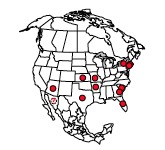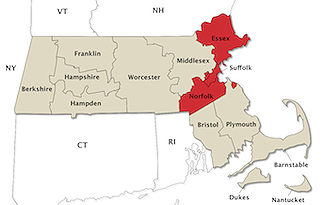Sarinda hentzi (Banks, 1913)

Richman, Cutler & Hill 2012
Ant mimicry is a fairly common adaptation among jumping spiders and Sarinda is a largely tropical genus of ant mimics. The idea of one organism evolving in a way that results in increased protection from potential predators (for example the viceroy’s similarity to the monarch) is one common understanding of mimicry. However, just as the viceroy – monarch relationship is more complex than a simple mimic-model relationship, salticid ant mimicry can take many forms (See Synemosyna formica). Sarinda hentzi is thought to mimic ponerine ants, a group known for their potent stings. And in the present case, the oversized palps of female S. hentzi (unusual for female jumping spiders and somewhat like immature males) do resemble the large jaws typical of ponerine ants. Adult male S. hentzi spiders have unusually long chelicerae (“jaws”). See link below for a video of a ponerine species that occurs in Texas.
Hairy Panther Ant (Pachycondyla villosa); Edwards and Hill, 2008
Massachusetts – First State / County Records

- ♦ J. H. Emerton – Salticus ephippiatus – Eastern Massachusetts – Emerton, 1891: 249, pl. 21, f. 4a-c
- ♦*BSNH – S. e. – Essex (Peabody), Suffolk (Boston), Norfolk (Sharon) – Bryant: 1908: 93
- ♦ Connecticut – Myrmarachne hentzi – Kaston, 1948 : 449, 15 records
- *See Bryant, 1908
- Peckham, G. W. & Peckham, E. G.1892. Ant-like spiders of the family Attidae. Occasional Papers of the Natural History Society of Wisconsin 2(1): 1-84.




